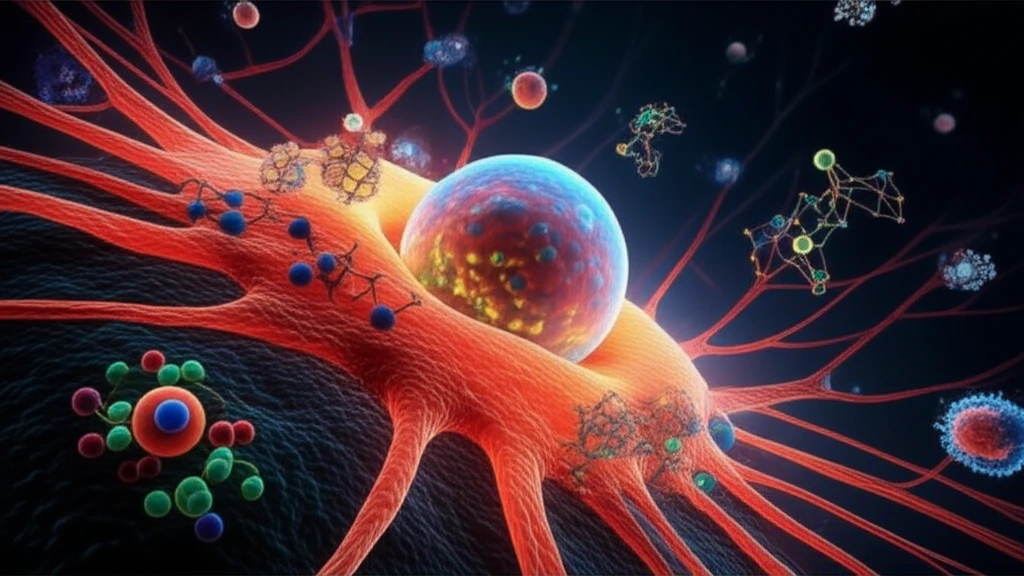
Cancer's Kryptonite: How a Breakthrough in the Lab Is Changing Treatment
"Scientists have discovered a new way to fight cancer by combining existing drugs, offering new hope in the fight against this deadly disease."
Cancer, a word that strikes fear into the hearts of many, is a formidable foe. It’s a disease that has challenged medical science for decades, and while we've made significant strides in treatment, finding new and effective approaches remains a constant battle. Now, a new study published in Oncotarget, offers a beacon of hope: a potentially game-changing approach to cancer treatment that combines existing drugs in a novel way.
The research, led by Priyanka Saini, Yizhu Li, and Matthias Dobbelstein, dives deep into the inner workings of cancer cells and how they respond to treatment. Their work focuses on the interaction of existing chemotherapy drugs with inhibitors of checkpoint kinases like Wee1, ATR, and Chk1. Essentially, the scientists have found a way to make cancer cells more vulnerable, increasing the effectiveness of existing treatments.
This isn't just a minor adjustment to current treatments. The researchers' work shows that combining these drugs can lead to a substantial improvement in outcomes, potentially improving survival rates and reducing the suffering of those battling cancer. It's a complex topic, but the implications are clear: this could be a turning point in how we approach cancer treatment.
Unlocking the Power: How Scientists Are Changing Cancer Treatment

The core of this research revolves around the concept of "checkpoint kinases." These are proteins within cancer cells that act like roadblocks, preventing the cells from being destroyed by treatments. By targeting and inhibiting these checkpoints, scientists can essentially disarm the cancer cells, making them more susceptible to the effects of chemotherapy drugs like gemcitabine.
- Wee1 Inhibitors: These compounds specifically target the Wee1 protein, a critical player in cell division.
- ATR Inhibitors: These work by targeting the ATR kinase, which is activated by DNA damage, allowing the cancer cell to continue to replicate with the damaged DNA.
- Chk1 Inhibitors: These target Chk1 which when suppressed, the DNA damage becomes overwhelming, leading to cell death.
A Glimmer of Hope in the Fight Against Cancer
The research into Wee1 inhibitors and their effects on cancer cells represents a major step forward in the ongoing battle against this disease. By combining existing drugs in new ways, scientists are able to unlock the potential to make treatments more effective and improve patient outcomes. While more research is needed, the results of this study are encouraging, offering a significant step forward in cancer treatment and giving hope to those battling this terrible disease.
